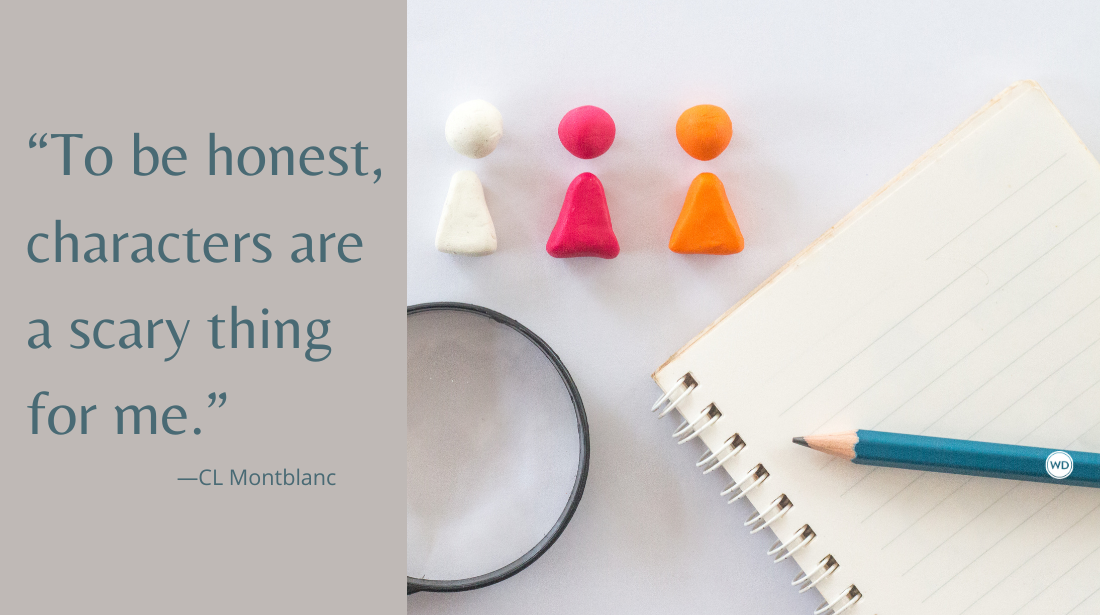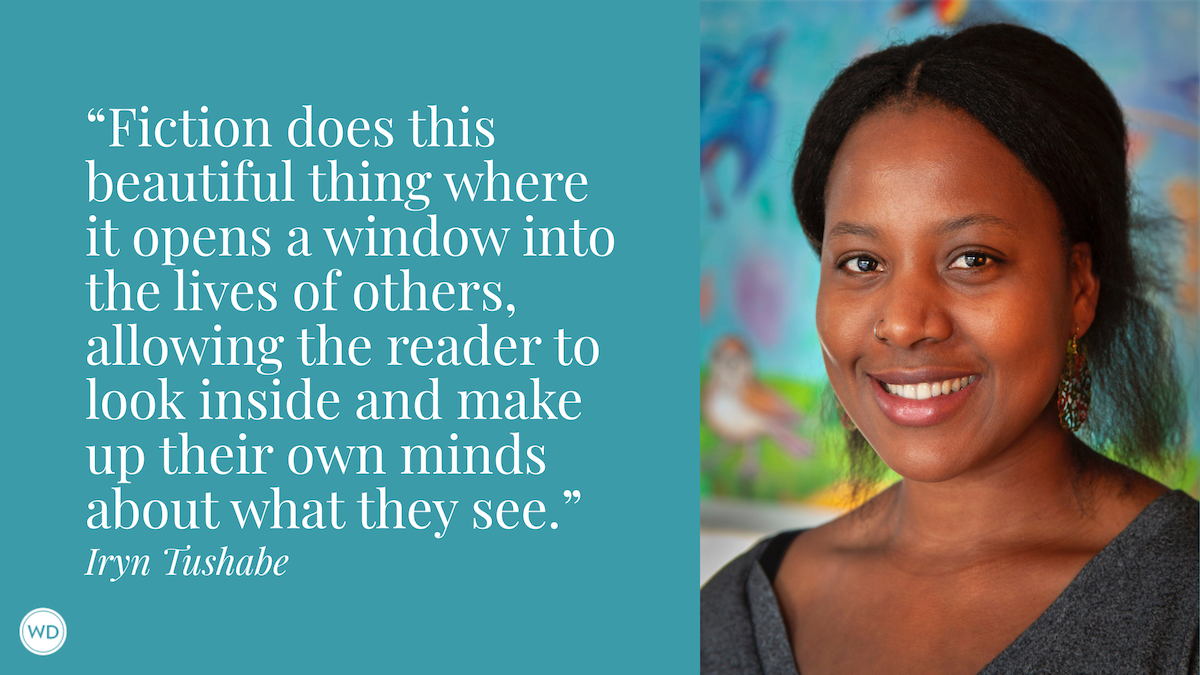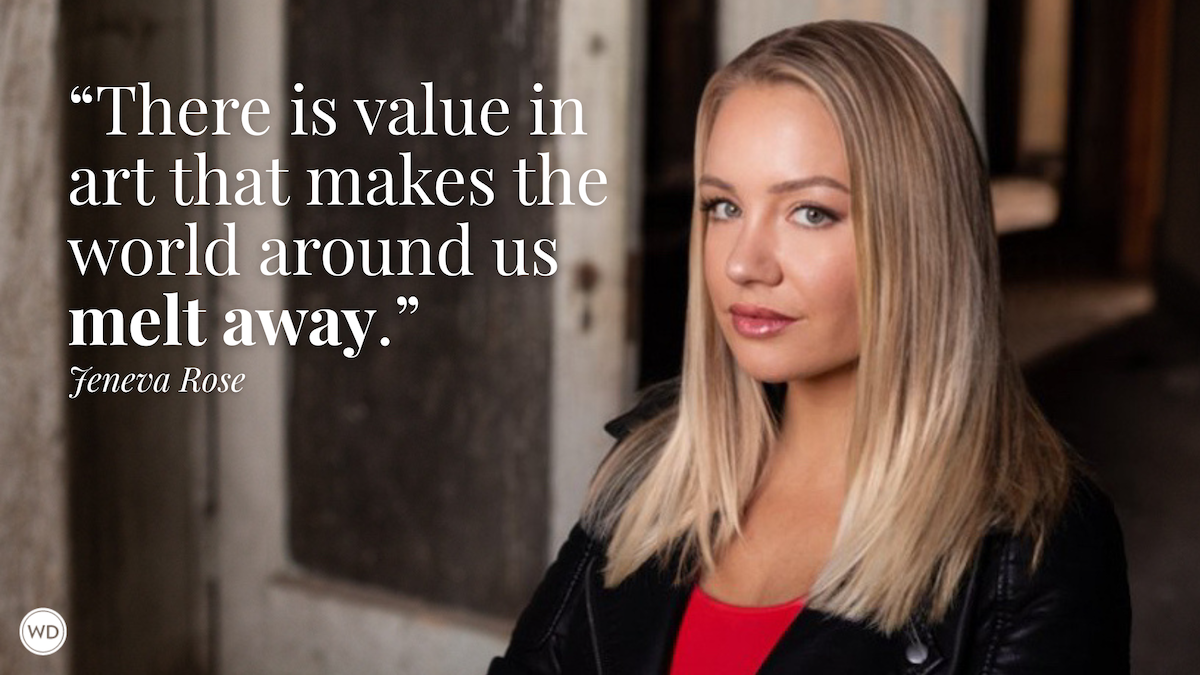4 Questions To Ask When Writing Romantic Scenes
Whether you’re writing a romance novel or simply a romantic moment in your story, M.M. Crane poses 4 questions to ask yourself when writing romantic scenes.
Having written over 130 books, most of them romances, I’ve had a lot of practice writing romantic scenes. And how to tailor the scene—and its heat—to the story I’m telling.
Here are four questions you can ask yourself as you approach these scenes in your writing.
1. What book am I writing?
I can’t tell you how many times I’ve read what seems in all respects to be a sweet romance only to find myself neck deep in an explicit erotic scene. I love both sweet books and erotic books, don’t get me wrong. But as a reader, I get a bit of whiplash when the book reads as if it’s one thing and then turns abruptly into something else. Your characters should discover who they are through the way they touch each other, but pay attention to the clues you’re giving in the non-intimate scenes.
Do they blush and look away every time they see each other and never dream of their love interest in intimate ways, or do they imagine what they could do together naked? If the first, they probably should touch each other respectfully, and think about each other respectfully. If it’s the latter, it would be odd if they tore off each other’s clothes and suddenly became prim.
2. Who are these characters?
Turning up the temperature between your characters should feel organic. It should feel inevitable. In a romance, love scenes should advance the emotional arc of the story or they shouldn’t be there. Good love scenes should alter the trajectory of the narrative. Do they make things worse? Do they make things better? How does that affect the relationship? If the scene doesn’t pose a question about the relationship and then answer it, chances are it doesn’t need to be there.
How do you do this? You go deep into your characters and you figure out what they want. What they think they can’t have. What they’re afraid to ask for. What the intensity of the experience they’re having in the scene will reveal to them. What it might show them about themselves and how that will force them into a new place that they couldn’t possibly have reached otherwise.
More than this, love scenes should be individual. If it’s all insert tab A into slot B and feels like these could be any characters with the requisite parts, it will lack the emotional heft a good love scene should have. It will also be skippable. If, however, you write a love scene that could only occur between the characters you’ve created, because only they would behave in the specific ways they do, that’s memorable, unskippable, and infinitely hotter besides.
3. What keeps the characters apart?
A friend of mine always says that what she wants to know about any romance story, immediately, is what’s keeping them from getting together? Knowing the answer to that is usually how you figure out what tropes you’ll be using in the book as you write it. But it’s also something to keep in mind as you move into the more romantic scenes of the novel.
When you write a romantic scene, it certainly doesn’t have to be an actual sex scene. But whether you’re writing dialogue or homing in on a deeply romantic moment—a touch, a gaze, a sudden moment of understanding—or actually writing a full sex scene, you need to know what’s at stake.
What do the characters have to lose? What are they afraid of? What are they holding on to, with all their might, that falling in love will force them to let go of? The answers to this should imbue every moment of connection your characters have. The characters themselves might not be able to point to precisely what it is that’s happening to them, but something inside them always knows that the true terror of falling in love is vulnerability.
Whether your characters have sex on the page or not, what they are doing as they fall in love is stripping. Even if they leave all their clothes on, they are showing their true selves to each other. They are facing the person they’re falling in love with and in so doing, facing themselves.
No masks. No hiding places. And the more you show their particular vulnerabilities, the more breathless and thrilling the reader will find the story of how they find their way to each other.
IndieBound | Bookshop | Amazon
[WD uses affiliate links.]
4. When in doubt, why not isolate them?
When you start writing romance stories, you are likely to hear the same piece of (very good) advice, which is that whatever conflict your characters might have, it should be something that they couldn’t solve with a quick chat if they were stuck in a room together. The reason this doesn’t work is because if a single conversation can solve everything, you’ll spend the entire book creating external reasons to make certain that talk doesn’t take place. The trouble with this is that it makes the book feel less emotional to the reader. And romances are supposed to be emotional.
You might hear readers deride books that have too many external issues revolving around not enough internal conflict as “big misunderstanding” books. This means, again, that the characters have somehow managed to avoid having that one important conversation that would change everything.
I often like to approach this sort of thing by throwing my characters into forced proximity to see what happens. In my book Reckless Fortune, I have the main characters crash a plane in the Alaskan wilderness, where they have nothing to do but notice how quickly winter is approaching and also deal with the relationship between them. Because they think they might die, so it’s high time to get very, very honest.
In the end, I think that when it comes to romance and romantic scenes, you can never go too big—and if you’re true to the characters and the story you’re telling, that will always bring the book on home.
Meaning right onto readers’ keeper shelves.
USA Today bestselling, multi-award-nominated, and critically acclaimed author M.M. Crane has written more than 125 books—and counting. She’s won fans with her romance, women’s fiction, chick lit, and work-for-hire young adult novels as well as with the Harlequin Presents, Harlequin Dare, Harlequin Historical, and contemporary cowboy books she writes as Caitlin Crews. She has a master's and a PhD in English Literature, has taught creative writing classes in places like UCLA Extension’s prestigious Writers’ Program, and is always available to give workshops (or her opinion). She lives in the Pacific Northwest with her comic book artist husband, though at any given time she is likely to be either huddled in a coffee shop somewhere or off traveling the world. Preferably both.








